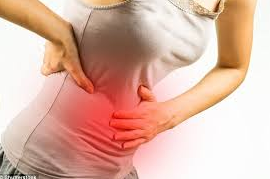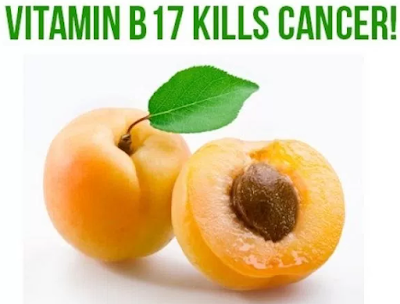Helen-Louise is a self-poisoner. To others in her world she is a "wonderful person"—always doing things for everyone. She is conscientiously and deeply devoted to her husband and three children.
As she walks into the office for her first consultation, Helen-Louise forces a smile that scarcely covers the pain and tension her wrinkled brow reveals. She sits down struggling to maintain her composure, looks at the doctor, forces another smile, and makes a trite joke about needing to talk to a head-shrinker. The doctor waits for her to proceed. The silence is too overwhelming; she cannot play her game any longer and bursts into tears. A few minutes later, she begins to talk.
H-L: "I can’t stand it any longer. I feel like I’m being used up by my family. They always want something from me. I never have a moment’s peace. Every time I talk to my husband, one of the children breaks into the conversation. They even barge into our bedroom and insist on being there with us. My husband feels too guilty to say anything about it. I can’t stand the looks on their faces when I tell them that their father and I want to be alone. My son is constantly demanding something. As soon as I do one thing for him, he is after me to do something else. They keep me so busy I no longer have any time to do what I want to do. My husband and I have no chance to talk, and I feel we are growing apart. Lately, I find myself resisting his sexual advances, and I don’t understand it at all—I love my husband. Yet I know I’m becoming increasingly irritated with him and the children. I feel very guilty when I find myself wishing the children were all grown up so that I could be alone with my husband. I know they love me, but I’m beginning to resent everyone and everything in that house—as if it were poison. Sometimes I feel as if 111 die if this keeps on."
The "problem" that Helen-Louise brought to the psychologist’s office is a case in point. While she lived within the potentially nourishing atmosphere of a family that loved and cared about one another, she poisoned herself by playing "victim” to the toxic manipulations of her children. The fact that she was unaware of the deadly games in which she participated did not make their toxic effects any less devastating to her well-being and her ability to nourish both herself and her family.
As she walks into the office for her first consultation, Helen-Louise forces a smile that scarcely covers the pain and tension her wrinkled brow reveals. She sits down struggling to maintain her composure, looks at the doctor, forces another smile, and makes a trite joke about needing to talk to a head-shrinker. The doctor waits for her to proceed. The silence is too overwhelming; she cannot play her game any longer and bursts into tears. A few minutes later, she begins to talk.
H-L: "I can’t stand it any longer. I feel like I’m being used up by my family. They always want something from me. I never have a moment’s peace. Every time I talk to my husband, one of the children breaks into the conversation. They even barge into our bedroom and insist on being there with us. My husband feels too guilty to say anything about it. I can’t stand the looks on their faces when I tell them that their father and I want to be alone. My son is constantly demanding something. As soon as I do one thing for him, he is after me to do something else. They keep me so busy I no longer have any time to do what I want to do. My husband and I have no chance to talk, and I feel we are growing apart. Lately, I find myself resisting his sexual advances, and I don’t understand it at all—I love my husband. Yet I know I’m becoming increasingly irritated with him and the children. I feel very guilty when I find myself wishing the children were all grown up so that I could be alone with my husband. I know they love me, but I’m beginning to resent everyone and everything in that house—as if it were poison. Sometimes I feel as if 111 die if this keeps on."
The "problem" that Helen-Louise brought to the psychologist’s office is a case in point. While she lived within the potentially nourishing atmosphere of a family that loved and cared about one another, she poisoned herself by playing "victim” to the toxic manipulations of her children. The fact that she was unaware of the deadly games in which she participated did not make their toxic effects any less devastating to her well-being and her ability to nourish both herself and her family.




















